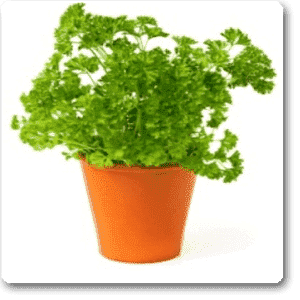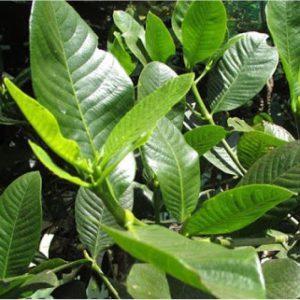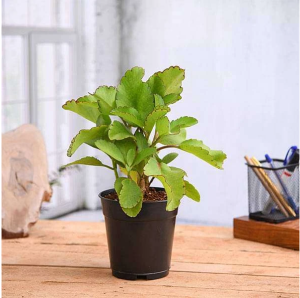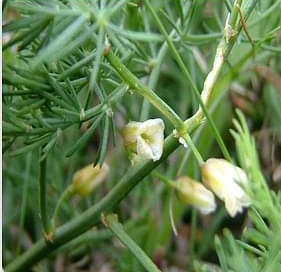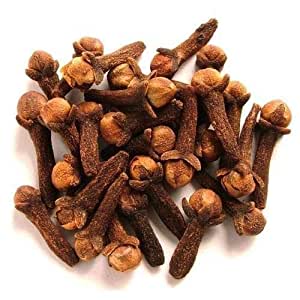Parsley is widely used in European, Middle Eastern, and American cooking.Many dishes are served with fresh green chopped parsley sprinkled on top. Root parsley is very common in central, eastern and southern European cuisines, where it is used as a snack or a vegetable in many soups, stews, and casseroles.
Garden parsley is a bright green, hairless, biennial, herbaceous plant in temperate climates, or an annual herb in subtropical and tropical areas.
Where it grows as a biennial, in the first year, it forms a rosette of tripinnate leaves 10–25 cm long with numerous 1–3 cm leaflets, and a tap-root used as a food store over the winter. In the second year, it grows a flowering stem to 75 cm tall with sparser leaves and flat-topped 3–10 cm diameter umbels with numerous 2 mm diameter yellow to yellowish-green flowers.The seeds are ovoid, 2–3 mm long, with prominent style remnants at the apex. One of the compounds of the essential oil is apiol. The plant normally dies after seed maturation.
Plant Specifications
| Common Name | Garden parsley |
| Maximum Reachable Height | Height: 0.75 to 1 feetSpread: 0.75 to 1 feet |
| Flower Colour | Greenish-yellow |
| Bloom Time | Seasonal bloomer |
| Difficulty Level | Easy |
Planting And Care
Its best to start parsley from seeds sown directly in the container because parsley has a long tap root that doesn t transplant well.Sprinkle a few seeds on the surface of the soil and cover them with an additional 1/4 inch of soil.Water the pot regularly to keep the soil moist to the touch but not soggy, and expect seedlings to emerge in three weeks or so.Clip out the excess with scissors or pinch them out between your fingernail and thumb. Pulling them out may damage the tap roots of the surrounding plants.
